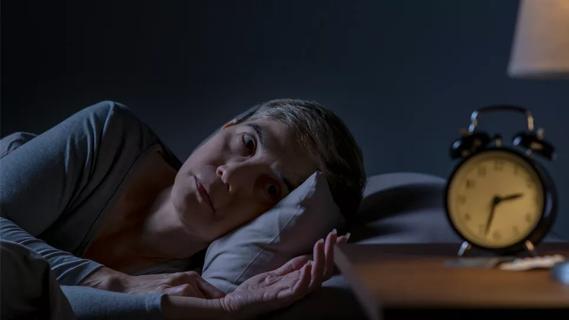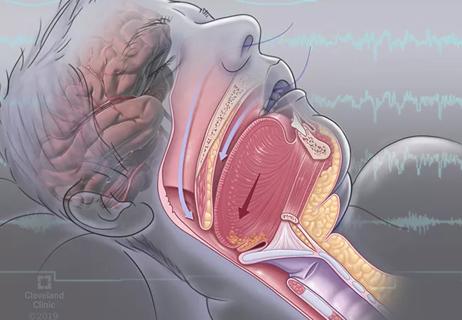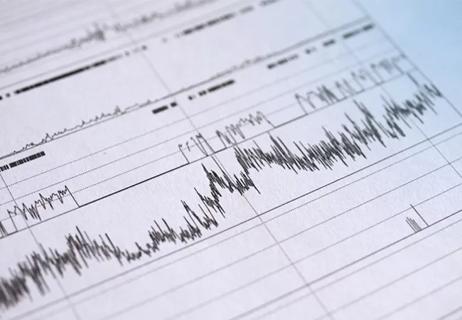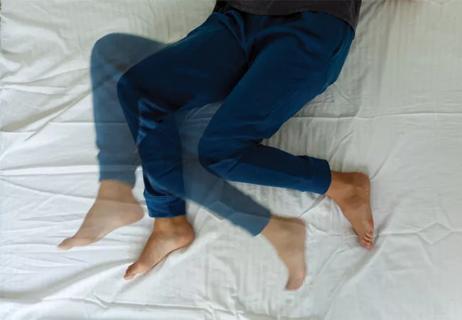
Study highlights value of sleep disorder screening and targeted management strategies

Screening tool helps flag conditions that warrant further attention

Patients with epilepsy should be screened for sleep issues

Specificity in study criteria yields sleep disorder insights
Advertisement
Cleveland Clinic is a non-profit academic medical center. Advertising on our site helps support our mission. We do not endorse non-Cleveland Clinic products or services. Policy

Nearly 80% of patients didn’t follow washout protocol, raising risk of misdiagnosis

Large cohort study suggests need for routine sleep screening as part of neurological care

For the first time, risk is shown after accounting for underlying contributions of pulmonary disease

Normal or inconsistent MSLT results should not rule out this debilitating disorder

Bedroom safety, medication use and ethical dilemmas are addressed

Combining group telehealth sessions with one-on-one sessions shortens time to follow-up care
Advertisement
Advertisement